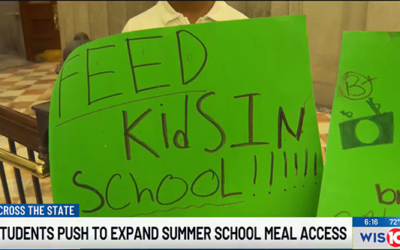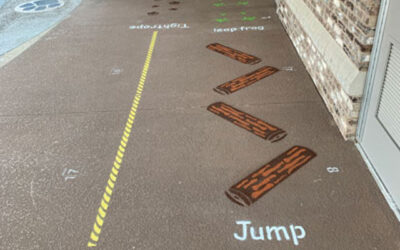Oakwood-Windsor Elementary School students have access water while enjoying recess. Sometimes, even the best plans run into unexpected challenges, especially during the procurement process. When your mini-grant project doesn’t go as planned, it can be discouraging,...
News
Walkability Efforts in South Carolina: Small Steps Matter
By Adrienne Patrick A pop-up bike lane demonstration in the Cayce-West Columbia, South Carolina arts district. Last summer, Wholespire, with support, guidance, and funding from the South Carolina Department of Public Health (formerly the SC Department of Health and...
Barnwell HYPE team helps low-income families and influences more improvements for public housing
According to the U.S. Census Bureau, 43 percent of children under the age of 18 in Barnwell County live below the poverty level. Because of their parents’ economic status, those children face more health disparities and inequities than others. For the majority of...
Students spend spring break at SC State House to highlight important cause to them
WIS TV Columbia
Ridge Spring Focusing on Getting Families Outside More Often
New sensory equipment Rural municipalities are relying on increased community engagement to enhance amenities and opportunities for families to explore local businesses, as well as provide inclusive play opportunities for children of all abilities. Focusing on these...
Ask your State Representative to Support Healthy School Meals for All
House Bill 5022 seeks to give all public school students breakfast and lunch each school day at no cost to families!
Oconee County Students, Community Get Active Pathways
Learn how Tamassee-Salem Elementary used a HEAL Mini-Grant to integrate physical activity into the daily lives of students.
Camden resident working to bring life back to local park
WLTX News 19 Columbia
Upgrades, activities aplenty at Knights Hill Park
Chronicle-Independent, Camden









